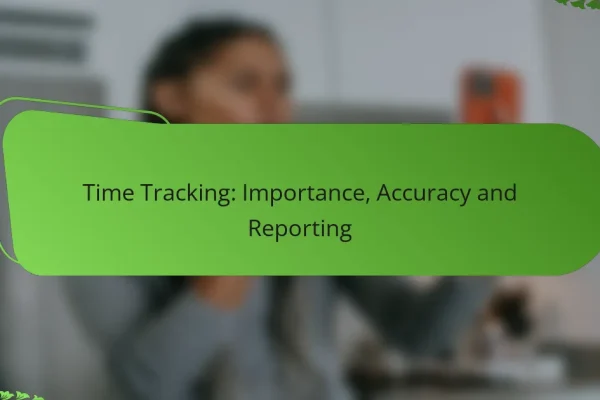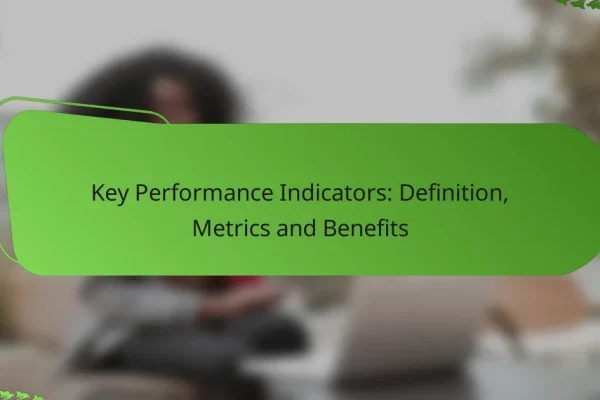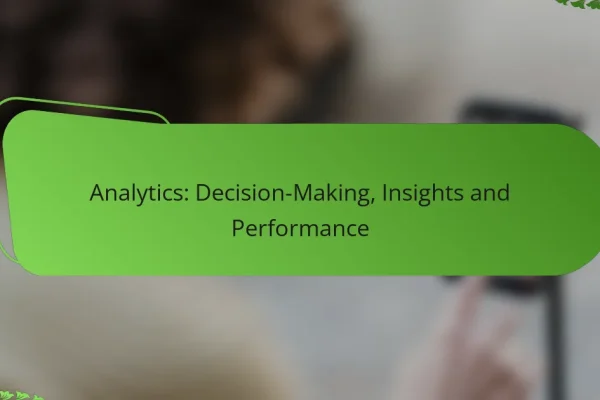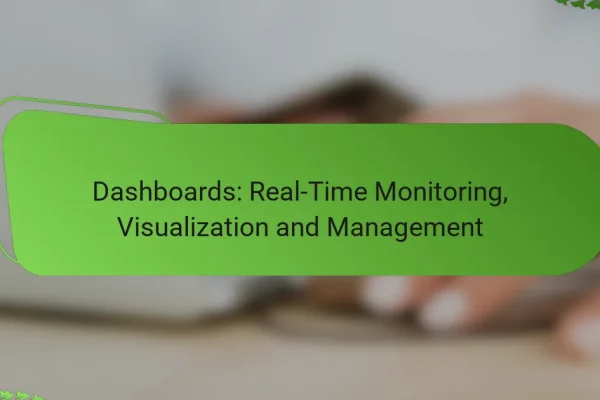What are the best project management software for reporting and analytics in Canada?
The best project management software for reporting and analytics in Canada includes tools that provide comprehensive insights into project performance, resource allocation, and team productivity. These platforms often feature customizable dashboards, real-time reporting, and integration capabilities with other tools, making them essential for effective project management.
Asana
Asana is a user-friendly project management tool that excels in reporting and analytics. It offers customizable dashboards that allow teams to visualize project progress, track deadlines, and assess workload distribution. Users can generate reports on task completion rates and project timelines, which can help identify bottlenecks and optimize workflows.
For Canadian teams, Asana’s integration with local tools and its support for multiple languages enhance its usability. Consider using Asana’s reporting features to regularly review project metrics and adjust strategies accordingly.
Trello
Trello is known for its visual task management system using boards and cards, which can be enhanced with reporting tools. While Trello’s native analytics are basic, users can leverage Power-Ups like Butler and third-party integrations to gain deeper insights into project performance and team activities.
For Canadian users, Trello’s flexibility allows for customization to fit various project types. Regularly updating your boards and utilizing analytics tools can help maintain clarity on project status and team productivity.
Monday.com
Monday.com provides a robust platform for project management with strong reporting capabilities. Users can create visual dashboards that display key performance indicators (KPIs), project timelines, and resource allocation. The platform supports automation, which can streamline reporting processes and reduce manual work.
In Canada, Monday.com is particularly useful for teams needing to manage multiple projects simultaneously. Take advantage of its reporting features to ensure transparency and accountability across all project phases.
Wrike
Wrike is a comprehensive project management tool that offers advanced reporting and analytics features. It allows users to create custom reports and dashboards that provide insights into project health, team performance, and resource utilization. Wrike’s time tracking capabilities also help in assessing productivity levels.
For teams in Canada, Wrike’s ability to integrate with various local tools can enhance its functionality. Regularly utilizing its reporting features can help teams stay aligned and make data-driven decisions.
Smartsheet
Smartsheet combines project management with powerful reporting and analytics tools. It offers a spreadsheet-like interface that is familiar to many users, along with advanced features such as automated reporting and real-time collaboration. Users can create dashboards that highlight project metrics and trends over time.
In the Canadian context, Smartsheet’s flexibility makes it suitable for various industries. Regularly reviewing your reports can help identify areas for improvement and ensure that projects stay on track.
How do project management tools enhance reporting capabilities?
Project management tools significantly enhance reporting capabilities by automating data collection, providing customizable dashboards, and delivering real-time insights. These features enable teams to make informed decisions quickly and efficiently, improving overall project outcomes.
Automated data collection
Automated data collection streamlines the process of gathering information from various project activities. By integrating with other tools and systems, project management software can automatically pull data related to task completion, resource allocation, and budget usage, reducing manual entry errors.
This feature allows project managers to focus on analysis rather than data gathering. For instance, tools can track time spent on tasks and automatically update project timelines, ensuring that reports reflect the most current information.
Customizable dashboards
Customizable dashboards allow users to tailor the display of key performance indicators (KPIs) and project metrics according to their specific needs. This flexibility helps teams visualize data in a way that makes sense for their unique workflows and objectives.
For example, a project manager might choose to highlight budget overruns, task completion rates, and team performance metrics on their dashboard. This targeted approach enables quicker identification of issues and facilitates more effective decision-making.
Real-time insights
Real-time insights provide immediate access to project data, allowing teams to respond swiftly to changes and challenges. With up-to-date information, project managers can adjust plans, allocate resources, and communicate with stakeholders more effectively.
For instance, if a project is falling behind schedule, real-time reporting can highlight the specific tasks causing delays, enabling teams to take corrective action promptly. This proactive approach can significantly enhance project success rates and stakeholder satisfaction.
What key features should I look for in reporting and analytics tools?
When selecting reporting and analytics tools for project management software, prioritize features such as data visualization, integration capabilities, and custom report generation. These elements enhance your ability to analyze project performance and make informed decisions based on real-time data.
Data visualization options
Data visualization options are crucial for interpreting complex project data effectively. Look for tools that offer various chart types, graphs, and dashboards that can be customized to display key performance indicators (KPIs) relevant to your projects.
Consider tools that allow you to create interactive visualizations, enabling stakeholders to explore data dynamically. This can enhance understanding and facilitate better communication of project status and outcomes.
Integration with other tools
Integration with other tools is essential for seamless data flow across your project management ecosystem. Ensure that the reporting software can connect with popular applications like CRM systems, accounting software, and collaboration platforms.
Check for APIs or built-in integrations that allow for real-time data updates. This connectivity reduces manual data entry and ensures that your reports reflect the most current information, enhancing accuracy and efficiency.
Custom report generation
Custom report generation enables you to tailor reports to meet specific project needs and stakeholder requirements. Look for tools that offer flexible templates and allow you to select the metrics and dimensions that matter most to your projects.
Consider the ease of use in creating these reports. A user-friendly interface can significantly reduce the time spent on report creation, allowing you to focus on analysis and decision-making rather than formatting and data gathering.
How can I choose the right project management software for my team?
Choosing the right project management software involves understanding your team’s specific needs, budget, and the user experience. A well-suited tool can enhance productivity and streamline workflows, while the wrong choice may lead to frustration and inefficiency.
Assess team size and needs
Start by evaluating the size of your team and the complexity of your projects. Smaller teams may benefit from simpler, more intuitive tools, while larger teams might require advanced features like resource management and collaboration tools. Consider the types of projects you handle and whether you need functionalities like task tracking, time management, or reporting.
Gather input from team members to identify essential features. For instance, if your team frequently collaborates on documents, look for software that integrates well with document-sharing platforms.
Evaluate budget constraints
Budget is a critical factor in selecting project management software. Prices can range from free basic versions to premium plans costing hundreds of dollars per month. Determine how much your team can allocate for software, keeping in mind that investing in the right tool can lead to long-term savings through improved efficiency.
Consider not only the subscription costs but also potential hidden fees for additional features or user licenses. Some platforms offer tiered pricing, allowing you to choose a plan that fits your current budget while providing options to scale as your team grows.
Consider user experience
User experience is vital for ensuring team adoption and effective use of project management software. Look for tools with intuitive interfaces that minimize the learning curve. A software that is easy to navigate will encourage team members to engage with it regularly.
Before making a decision, take advantage of free trials or demos to assess usability. Gather feedback from your team during this process to ensure the chosen software meets their preferences and workflow needs.
What are the pricing models for project management software?
Project management software typically offers various pricing models, including subscription-based and one-time payment options. Understanding these models helps businesses choose the right software based on their budget and needs.
Subscription-based pricing
Subscription-based pricing is a common model where users pay a recurring fee, often monthly or annually, to access the software. This model allows for continuous updates and support, making it appealing for teams that need the latest features without large upfront costs.
When considering subscription-based pricing, evaluate the total cost over time, as it can add up significantly. Many providers offer tiered plans based on features or the number of users, which can range from low tens of dollars per month for basic plans to hundreds for advanced options.
Be cautious of hidden fees, such as charges for additional users or premium features. Always read the terms of service and consider starting with a trial period to assess whether the software meets your project management needs before committing long-term.












